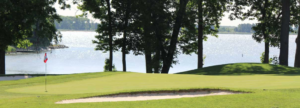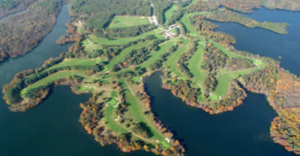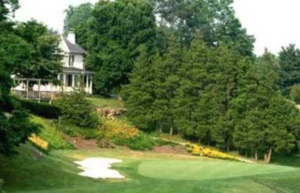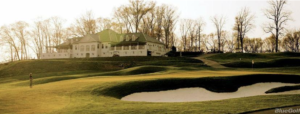How to make the most of quarantine life:
What day is it? Is it the weekend? Do weekends even exist anymore? When will I get back to normal life? What is normal?
These are some of the questions going through my head on a daily basis and I am sure I am not the only one.
Life these days is a little bit like going through the drive thru car wash, but not being able to put your windows up. Things are getting thrown at you from every direction. You have no power to stop it, no idea when the end is coming, but you know it will…at some point. The best you can do is try to protect yourself and those in the car with you.
So you, my friends reading this, are the ones in the car with me and I will do everything in my power to make sure we make it out of this car wash as better versions of ourselves. We will go over how to make the best out of this quarantine life and come out the other side a stronger person!
Below are some examples of things we can do to MAKE THE MOST OUT OF QUARANTINE!
- Try something new
-
-
- Have you always wanted to (enter your goal here!). WELL GO FOR IT! For me it was barre classes. As someone who is self conscious about being bad at something, the privacy of my living room was the perfect time to start learning the basics. If there is a silver lining to quarantine life, it’s that there are so many fitness instructors and platforms offering FREE classes. SO TAKE ADVANTAGE!
- If you need inspiration, reach out! We can recommend a ton of trainers and other fitness professionals to follow on social media based on your interests!
- Have you always wanted to (enter your goal here!). WELL GO FOR IT! For me it was barre classes. As someone who is self conscious about being bad at something, the privacy of my living room was the perfect time to start learning the basics. If there is a silver lining to quarantine life, it’s that there are so many fitness instructors and platforms offering FREE classes. SO TAKE ADVANTAGE!
-
- Do your home exercise program (like actually do it)
-
-
- For those of you that are in PT or have ever been in PT, now is the perfect time to actually do your home exercise program. If you are working from home, there are really no excuses. Turn your old commute time into you time! The last thing you want during this quarantine is for an old injury to flare up. Use this time to better yourself. If you forgot your HEP, reach out to us! We are here to help in any way we can!
-
- Set daily movement goals
-
-
- One of the most common PT phrases is “motion is lotion”. During this work from home time we are likely way more sedentary than we realize. There is no longer the long walk to the bathroom. The mid-day coffee run. Definitely no walk across the building to meet a friend for lunch.
- Your goal can be a certain step count per day. Or an every hour on the hour exercise. It could even be as simple as alternating sit and standing periods at your computer. Just make a goal and stick to it (and then vary it day to day so you don’t get bored!)
- The human body isn’t meant to sit for long hours day after day, especially at our makeshift work from home offices. (looking at you, friend that is working from your couch!) Subscribe to the motion is lotion theory and keep yourself moving!

-
- Find an accountability buddy
-
-
- Sometimes finding the motivation or creating a new habit can be challenging so phone a friend! Use this person to help you reach your movement goals. And you help them meet theirs! Challenge them to a weekly step competition. Let them inspire you to try a new workout class. Reach out to your favorite personal trainer and take a quarantine “group” class together.
- Find your team (#quaranteam) and help each other! Even though we aren’t face to face, we can still be each other’s support.
-
- Take time for yourself
-
- I know this one is weird since we are basically always by ourselves. But here is what I mean. Right now we are all in the middle of that crazy car wash with the windows down and sometimes we just need to take a step back. Find even just a few minutes to reset. Your mental health is just as important as your physical health during these times of higher stress. Whether you use an app to meditate or you dance around your kitchen to your favorite song or you just sit in silence and decompress. Whatever your reset is, do it and don’t be afraid to step away from the stress when you need it and dance like no one is watching (because honestly, no one is watching… other than maybe your roommate or your pet!)
Get inspired and go crazy my friends! Try something new, do your PT homework, set a movement goal, find an accountability buddy, and last but certainly not least, take time for yourself! We will make it through this quarantine together and we will be stronger people on the other side!
We would love for you to tag us in your instagram stories about things you are doing to make yourself better during this quarantine @fxphysicaltherapy #makeyourselfbetter #bettertogether #quaranteam #theonlywayisthrough
The post How To Make The Most of Quarantine Life: appeared first on FX Physical Therapy.










